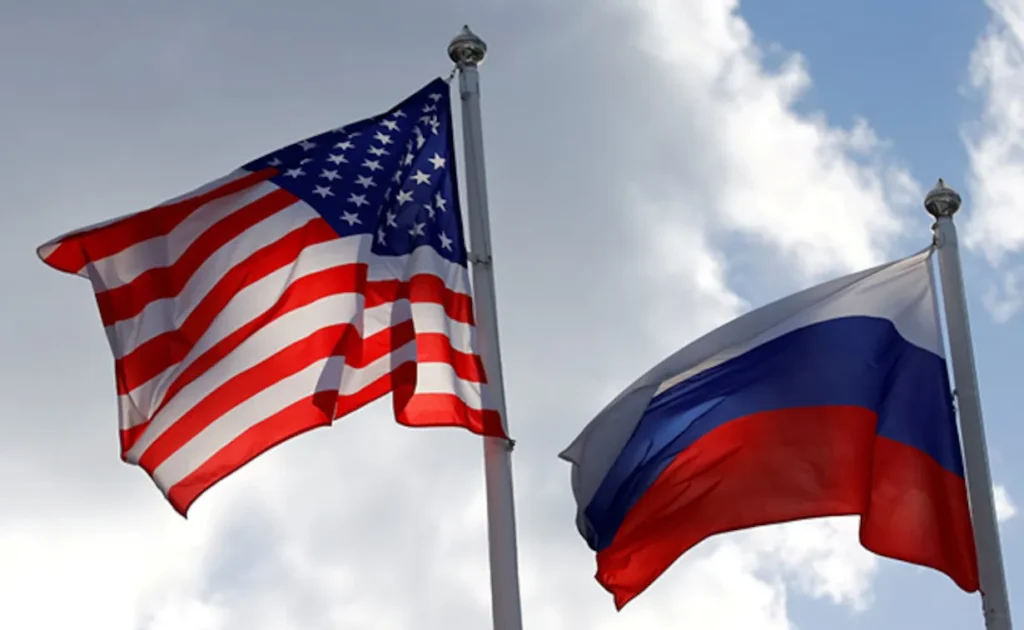Russia is a veritable titan in the fertilizer market, which, dare I say, is far more exciting than it sounds. In 2022, this nation was responsible for a hefty 15.5% of the world’s fertilizer exports. The star players in Russia’s export lineup are potassium chloride (charmingly known as muriate of potash), phosphate rock, diammonium phosphate, urea, and triple superphosphate.
Now, for those fond of numbers, Russia churns out over 50 million tonnes of these green-thumb enhancers annually, capturing a cool 13% of the global market. The financial footprint is a dazzling $20.7 billion in 2022 alone, placing Russia at the pinnacle of the fertilizer value chain.
As we tiptoed into 2024, Russia’s fertilizer production saw a robust increase of 19.7% in January alone, reaching a production volume of 2.4 million tons in terms of 100% nutrients. By the end of 2023, the production figures had inched up by 0.7%. Specifically, potash fertilizers saw a dramatic 63.5% surge in January 2024 compared to the year prior, hitting 944,000 tons.
And who, pray tell, are the major beneficiaries of this nutrient-rich bounty? While India, China, Brazil, and Africa received substantial amounts, it was the Western countries—yes, the very same ones that have been playing the sanction game with Russia since its 2022 military actions in Ukraine—that received the lion’s share. Irony much? These are the same nations that have restricted trade, imposed bans, and frozen assets, yet they seem to have no qualms about accepting Russian fertilizers with open arms. Talk about a double standards!
As the world turns, so do the gears of diplomacy and trade, often lubricated by the very commodities they seek to control. The United States, in a display of clandestine economic acrobatics, imported a staggering $944 million worth of Russian fertilizers from January to July 2023. This figure not only outpaces the previous year’s peak by 5 percent but also secures Russia a gleaming silver medal in the U.S. fertilizer supply race, with Canada graciously taking the gold.
Despite the chorus of sanctions from Western nations, Russian fertilizer—making up 14 percent of global trade—somehow remains untouched by the reach of these restrictions. While Western leaders wax lyrical about not weaponizing food and avoiding humanitarian crises, their actions paint a different picture. Sanctions have indeed made it a Herculean task for traders to process payments or secure shipping and insurance for Russian exports, yet the fertilizer flows freely.
In February alone, the European Union, amidst its sanctimonious stand, scooped up 521.3 thousand tons of Russian fertilizers for a cool €167.4 million ($177 million). This marks a 16 percent and 21 percent increase in quantity and price, respectively, from the previous month, hitting a high not seen since December 2022.
Belgium nearly quintupled its purchases to €24 million. Romania and Bulgaria weren’t far behind, with their imports multiplying by 2.4 and 2.1 times to €10.3 million and €5.2 million, respectively. Germany also upped its game, increasing imports by 1.8 times to €20 million by winter’s end.
Poland, not to be outdone, remains the largest buyer for the third consecutive month, boosting its imports by 38% to €44 million—the highest since December 2021.
